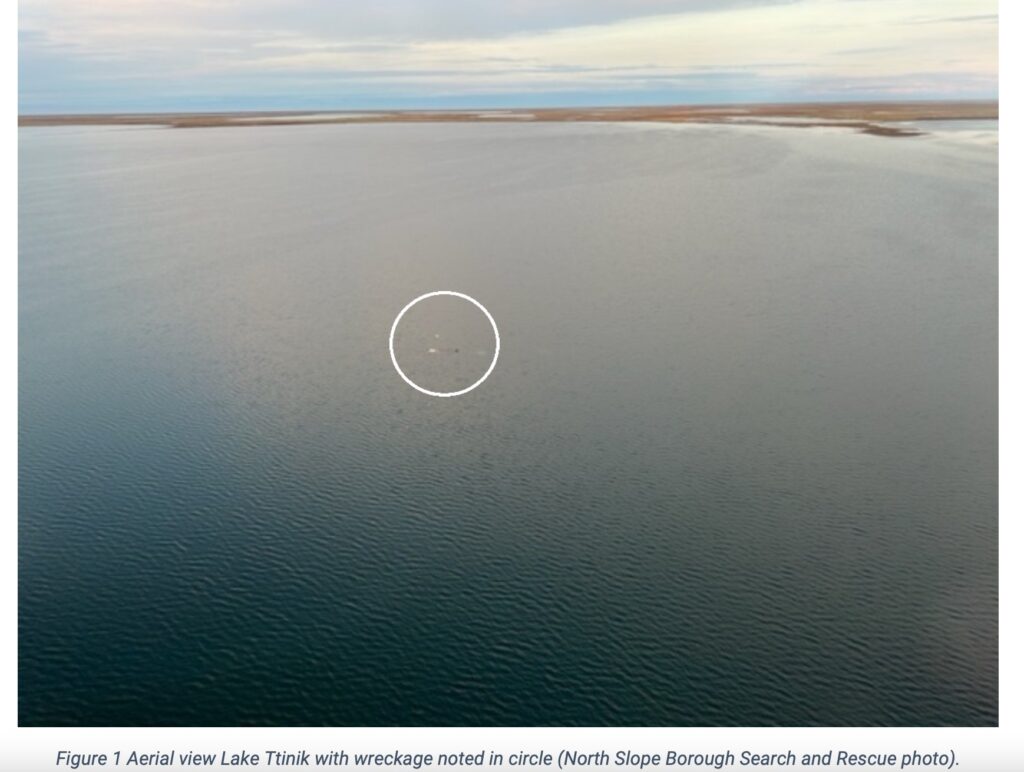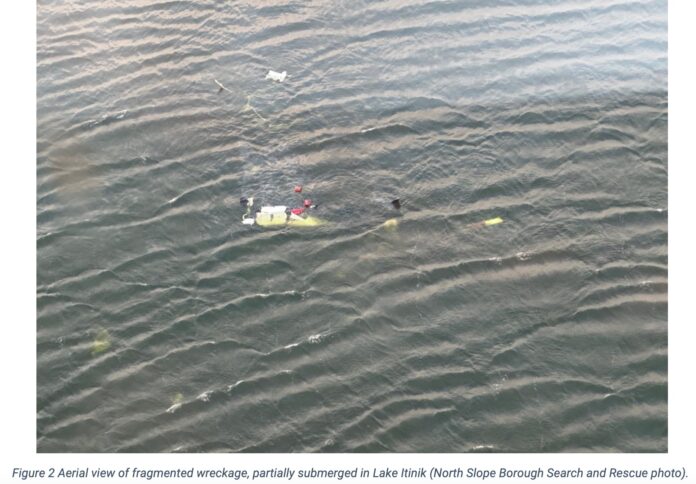The National Transportation Safety Board has released a preliminary report on the fatal helicopter accident that occurred on July 20, near Wainwright, Alaska. No cause of the accident was part of this report.
The incident involved a Bell 206L-4 helicopter, registered as N311MH, which was destroyed in the accident. Ronald Daanen, 51, and Justin Germann, 27, both of Fairbanks; Tori Moore, 26, of South Bend, Indiana; and pilot Tony Higdon, 48, of North Pole, died in the crash, which had no survivors.
The helicopter, owned and operated by Homer-based Maritime Helicopters, was operated as a Title 14 Code of Federal Regulations Part 135 on-demand charter flight, under contract with the State of Alaska’s Department of Natural Resources. The passengers were members of a scientific crew from the Division of Geological & Geophysical Surveys.
The helicopter, stationed in Utqiagvik, had a planned route on the day of the accident, which included a stop at Atqasuk Airport before proceeding to remote sites east of Wainwright.
However, the aircraft failed to arrive at its destination, prompting the North Slope Borough Search and Rescue to dispatch a Sikorsky S-92 helicopter to locate the missing aircraft.
On July 21, around 3:15 am, borough search and rescue crews discovered the wreckage of the Bell 206L-4 helicopter, partially submerged in the shallow waters of Lake Itinik, situated about 30 miles east of Wainwright.
The impact resulted in significant damage to the helicopter, leading to the loss of life of all individuals on board.
The investigation revealed the accident occurred around 11:05 am.
The helicopter was equipped with a Honeywell Sky Connect Tracker system, which provided investigators with real-time flight status data at three-minute intervals to satellite-based receivers.
An analysis of the archived Sky Connect data revealed a departure time of 10:01 am from Utqiagvik. The helicopter made the scheduled brief stop at Atqasuk Edward Burnell Sr. Memorial Airport before continuing on a northwesterly trajectory.
The last recorded data showed the helicopter flying over the southeastern shoreline of Lake Itinik at an altitude of 144 feet above sea level, traveling at a ground speed of 93 knots.

Lake Itinik is a massive Arctic lake with an oval shape spanning over three miles in some areas. The terrain surrounding the lake consists of flat, featureless, arctic tundra-covered landscape, with an elevation of about 56 feet above sea level.
The NTSB’s investigator-in-charge traveled to Utqiagvik, joined by other relevant parties and a wreckage recovery team.
On July 30, the NTSB IIC and recovery personnel successfully retrieved the helicopter wreckage from the shoreline of Lake Itinik. The wreckage was then transported by helicopter to Utqiagvik on the same day and ultimately taken to Anchorage for additional detailed wreckage examinations.

Birds is my guess. Millions of birds migrate with huge flocks of geese is very common in that area this time of year.
Especially since they were traveling at less than 100′ above the lake. Very risky altitude in heaviest concentration of birds in Alaska.
I have seen the “black skies” and wondered how so many birds would congregate one area.
Sad for the families. A lot of people affected.
Will be very interesting to see what the cause of crash was. Traveling at 100 mph and 150 feet above the middle of the lake gives the pilot virtually no options in case of mechanical failure. A very hard impact. Sometimes there are distractions too. Myself, once distracted flying low over a large lake, watching trumpeter swans in the middle of the lake. Things happen very fast.
Lots of speculation! Maybe it was a Russian drone or an alien UFO. Could have been caused by many things. I am going to wait for the NTSB’s finding of probable cause.
No mention of weather conditions at the time ?
That chopper was almost 55 years old, with who knows how many hours of time on it. Maintenance would be something to look at. Anything mechanical does have a service life.
Flying low at that speed gives the pilot no time to auto rotate. Whatever happened, it’s doubtful the pilot even had time to recognize the problem, let alone react to it.
Not sure why the NTSB needs to be involved. It was a helicopter, that’s what they do: crash.
Comments are closed.